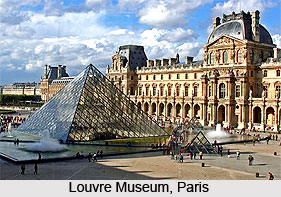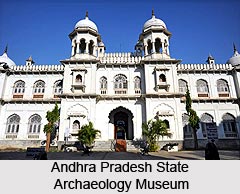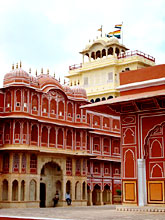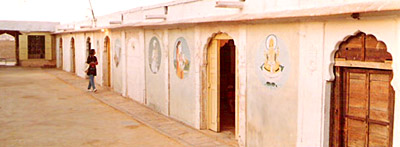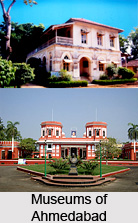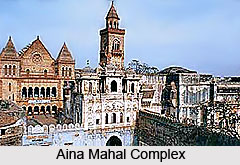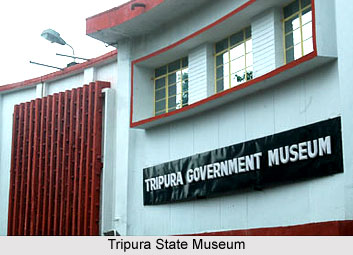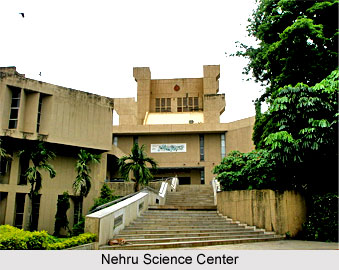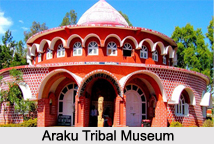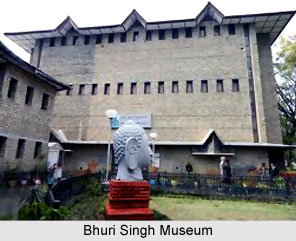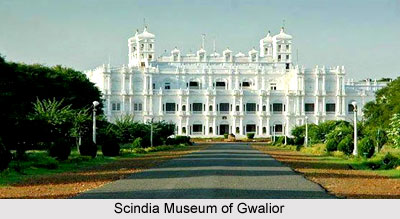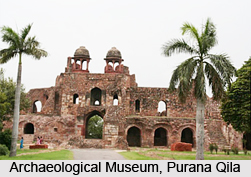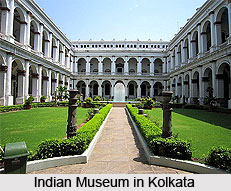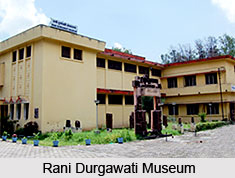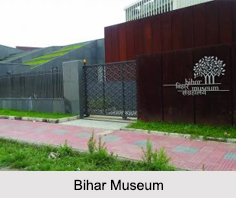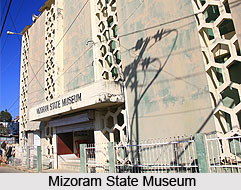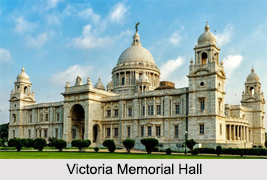 Victoria Memorial Hall located in the heart of Kolkata, was inaugurated in 1921. It now serves as a museum, commemorating the distinguished, epoch-making personalities and landmark events of Indian history. This white marbled opulent structure was built in memory of Queen Victoria to celebrate her 25 years of rule over India and is almost a replica of the Victoria Memorial in London. It is also one of the most famous monuments in West Bengal that has become a museum and popular tourist spot of the state. This grand and exquisite memorial not only stands as reminiscence to the rule of British Crown in the Indian subcontinent but also stands out as an excellent architectural gem in Indo-Saracenic revivalist style.
Victoria Memorial Hall located in the heart of Kolkata, was inaugurated in 1921. It now serves as a museum, commemorating the distinguished, epoch-making personalities and landmark events of Indian history. This white marbled opulent structure was built in memory of Queen Victoria to celebrate her 25 years of rule over India and is almost a replica of the Victoria Memorial in London. It is also one of the most famous monuments in West Bengal that has become a museum and popular tourist spot of the state. This grand and exquisite memorial not only stands as reminiscence to the rule of British Crown in the Indian subcontinent but also stands out as an excellent architectural gem in Indo-Saracenic revivalist style.
History of Victoria Memorial
The history of the Victoria Memorial Hall is traceable to the days of the British Colonial Empire in India. The demise of the venerated Queen Victoria of England, in January 1901, caused Lord Curzon, the then Viceroy of India, to pay a tribute to the respected memories of the Queen Head of British Kingdom, Queen Victoria.
Architecture of History of Victoria Memorial
Victoria Memorial Hall is a royal, monumental and expansive structure, invested with grandeur. It is beautified with a mind-blowing garden. The memorial is surrounded by a lush green and well-maintained garden, which spreads over 64 acres and has numerous statues and sculptures in it. A 16 feet tall bronze statue of victory, mounted on ball bearings at the top of the memorial, serves to heighten the overall appeal and grandeur of the entire complex.
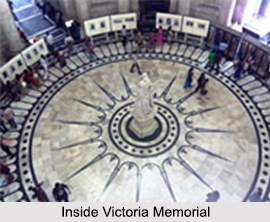 Galleries in Victoria Memorial Hall
Galleries in Victoria Memorial Hall
Victoria Memorial Hall has many galleries, depicting the history of ancient, medieval and modern India. These galleries showcase the advent of Indus Valley Civilization in India to the decline of British Governance of India. Victoria Memorial has 25 galleries. These include the Royal Gallery, the National Leaders Gallery, the Portrait Gallery, Central Hall, the Sculpture Gallery, the Arms and Armoury Gallery and the newer, Calcutta Gallery. Victoria Memorial has the largest single collection of the works of Thomas Daniell (1749-1840) and his nephew, William Daniell (1769-1837). Victoria Memorial also has a collection of rare and antiquarian books such as the illustrated works of William Shakespeare, the "Arabian Nights" and the "Rubaiyat" by Omar Khayyam as well as books about Kathak dance and Thumri music by Wajid Ali Shah. However, besides the galleries and their exhibitions, the programmatic elements of the Memorial do not compete with the purely architectural spaces.
Garden in Victoria Memorial Hall
The garden of Victoria Memorial Hall covers an area of 64 acres of land. They are maintained by a team of 21 gardeners. They were designed by Redesdale and David Prain. On Esch"s bridge, between narrative panels by Gascombe John, there is a bronze statue of Victoria, by George Frampton. The statue of Queen Victoria is seated on her throne. She is wearing the robes of the Star of India. In the paved quadrangles and elsewhere around the building, other statues commemorate Warren Hastings, Lord Cornwallis, Robert Clive, Lord Wellesley, and Lord Dalhousie. The south of Victoria Memorial Hall has the Edward VII memorial arch. Upon the arch, there is a bronze equestrian statue of Edward VII by Bertram Mackennal and, a marble statue of Curzon by Frederic William Pomeroy. The garden contains statues of dignitaries such as William Bentinck, Governor-General of India (1828-1835); Lord Ripon, Governor-General of India (1880-84); and Rajendra Nath Mukherjee, a pioneer industrialist of colonial Bengal.
Visiting Information of Victoria Memorial Hall
Victoria Memorial Hall remains open on all working days, except Mondays, from 10.00 a.m. to 5.00p.m. Garden area of the memorial remains open for visitors round the year from 5.30 am to 7.00 pm. The office remains closed on Sundays and second Saturdays of each month as well as on Indian Government Holidays.
